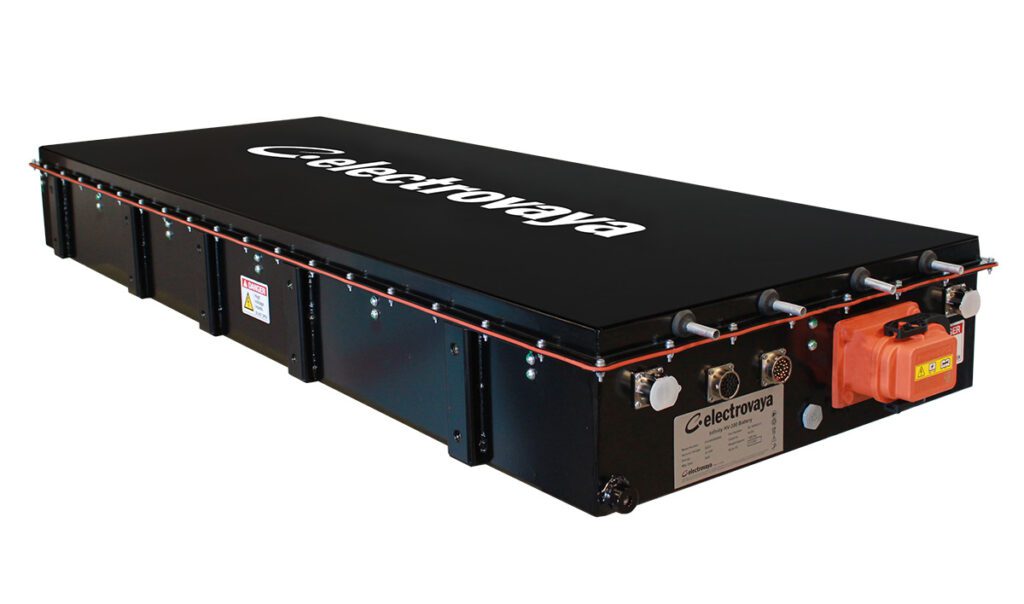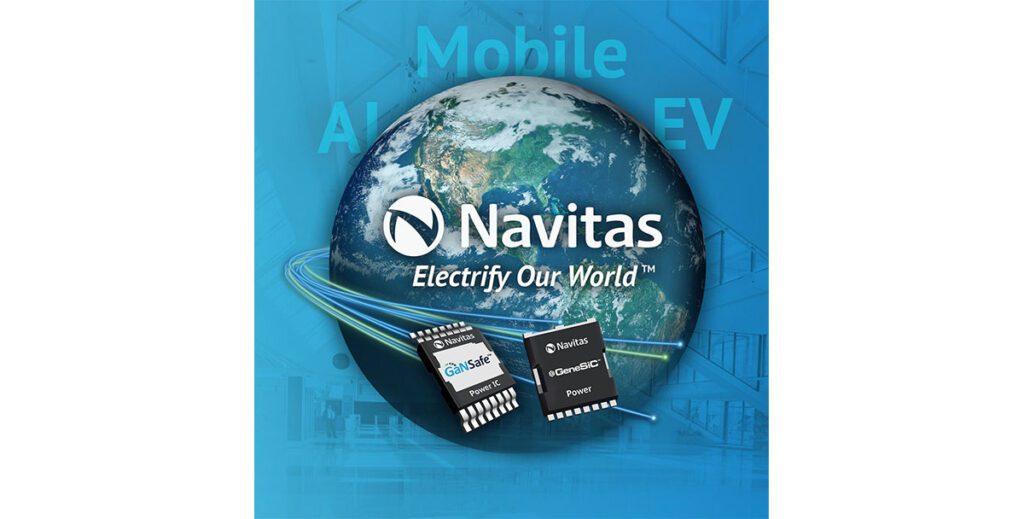When is a hybrid not a hybrid? When it’s made by GM. In a recent blog post, Pam Fletcher, one of GM’s chief engineers, claims to be trying to clear up the confusion about the terms used to describe the various categories of electrified vehicles (and of course, to explain why you want to buy one).
GM offers three electric-based options – eAssist, extended range electric vehicles and electric vehicles – and for reasons best known to its marketing department, it doesn’t want any of them to be referred to as “hybrids.”
GM’s eAssist system, which features an electric motor, a lithium-ion battery, regenerative braking and stop/start technology, is available as an option on the Buick Lacrosse and Regal, as well as the Chevrolet Malibu and 2014 Impala. According to GM, eAssist offers, on average, 25 percent better fuel economy than a comparable ICE vehicle.
“We refer to eAssist as a light electrification solution, not a hybrid,” says Fletcher in her blog post. “To be a hybrid you must have two sources of energy for propulsion – like electricity and petroleum. With eAssist, petroleum is still the only fuel source.”
With all due respect, this is trying to rewrite the dictionary, as Humpty Dumpty did in Through the Looking Glass (and look what happened to him). A hybrid (as the term is used by Toyota, Honda, Ford et al) stores energy in a battery, but the ultimate source of that energy is the dinosaur juice in the tank. Only a plug-in hybrid allows electricity from the grid to be used to power the car.
The Chevy Volt and the Cadillac ELR (which is scheduled to go on sale later this year) are called (by GM at least) Extended Range Electric Vehicles (EREVs). As Ms Fletcher explains, “An EREV operates as an electric vehicle for a certain number of miles, then relies on an electric generator powered by a gas engine after the electric battery runs low.”
The Volt is also commonly known as a plug-in hybrid electric vehicle (PHEV), but there is some justification for inventing a new category to describe it. The Volt has a much longer all-electric range than most PHEVs, so some journeys can be completed on battery power alone. According to Ms Fletcher, “On average, Volt customers visit a gas pump every 900 miles or about every 6 weeks.”
Finally, we come to the 2014 Chevrolet Spark EV, which we all agree is a “pure” EV. The new hatchback, which recently went on sale in California and Oregon, has a range of about 82 miles. “In the near future,” DC fast charging will be offered as an option.
Image: 2012 Buick LaCrosse with eAssist technology
Source: GM




















































































